July 16 2021
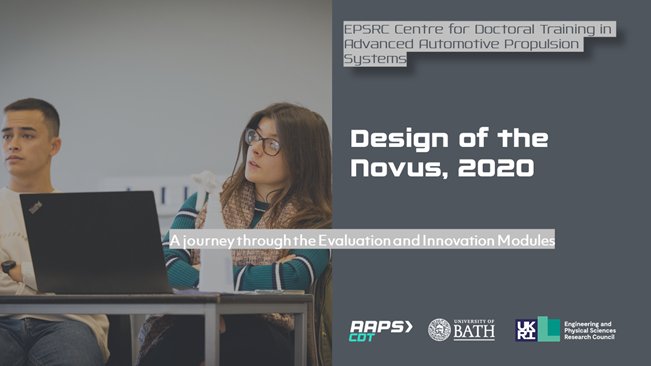
SPOILER ALERT FOR NEW STUDENTS!
I'm joking, I will attempt to have as few spoilers as possible. The aim of this blog is to give you an insight into one of the main units that we undertook as part of our MRes year, without telling you exactly how we did it.
As part of the MRes phase of the CDT, Cohorts 1 & 2 were asked to evaluate, design and develop an architecture of a 2030 vehicle. This assignment was split into two main units; Evaluation and Innovation
In semester 1, the AAPS cohort were tasked with evaluating a 2015 third generation Toyota Prius plug-in hybrid car, with the aim to inform our decisions later on in the module. To engineers like myself, this sounded like it should consist of purely experimental work, however the transdisciplinary nature of the course encourages us to evaluate this propulsion system from a political, economic, societal, technological, legal, environmental and sustainable perspective using the collective background and skills of each team member individually. In short, we were able to leverage our own personal skillset and knowledge to perform an in depth analysis of a particular area of the Prius, ranging from the engine, to the aerodynamics, to the user interface and everything in between.
In order to do so, we were able to use a plethora of tools including the simple google search, all the way to using the university chassis dynamometer for a week. Armed with nothing but a test plan, we were given free rein to select driving cycles and room conditions to test whatever we decided (disclaimer: within budgetary reason). Additionally, you can read about cohort 1's experience in the chassis dynamometer here.
The evaluation unit was certainly a highlight of the first semester, culminating in the presentation of our findings and an initial 2030 vehicle design to a panel of academics.
Work in semester 2 followed closely on from the Evaluation module, the next stages focusing on developing the architecture of a 2030 vehicle. Working through the v-process, the team cascaded requirements to a sub system and component level (completing the left side of V), undertook the detailed design work (bottom of the V) and then undertook component, system and sub-system verification (right side of the V).
This phase of the project allowed us to explore our sections further using modelling techniques (on any software). Each individual was therefore responsible for a component/subsystem, to be integrated into a group wide working model. By the end of the project we had all contributed to an overall propulsion system proposal, with detailed choices on a range of aspects surrounding technology, business model, manufacturing, supply chain for our individual systems.
The innovation part of the unit again culminated in a presentation, presenting our final 2030 proposal. This included a business plan, finances, and a presentation of a detailed, verified architecture.
To showcase the work that we had done over the course of the year, we were invited to have a stand at the annual Mechanical Engineering Design Exhibition. This is an opportunity to speak to both academics and industrial experts when they visit your stand. This year due to COVID-19 it was a virtual event, although it was still very much enjoyed by all parties involved.
We presented our Innovation Project - The 2030 Novus – Spiritual Successor To The Prius via posters, a presentation and a website!
The Mechanical Engineering Design and Project Exhibition has been running annually since 1965. Over the years there have been keynote lectures from James Dyson, McLaren Group's Ron Dennis and The Apprentice winner Tom Pellereau, to name but a few. The day celebrates the achievements of students and encourages them to communicate their project work to specialist and non-specialist audiences. The full programme of 2021 can be reviewed here.
It is probably good to note here that both Cohort 1 and Cohort 2 are more than willing to help you with any MRes related questions. We are looking forward to meeting you all properly in September!
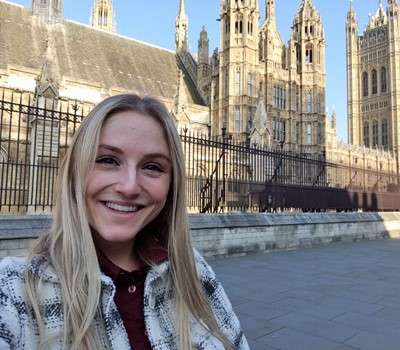
28 February 2024

18 January 2024
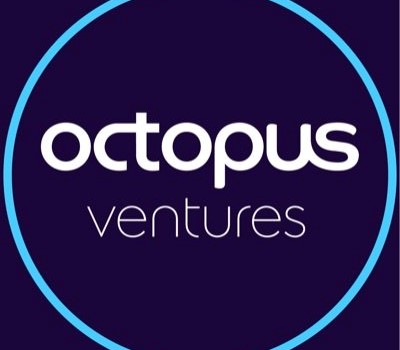
29 November 2023
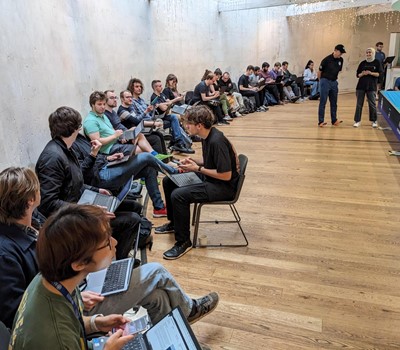
13 November 2023
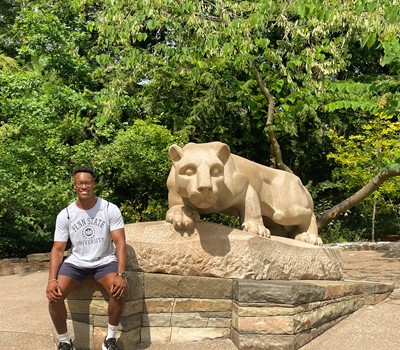
© Copyright 2024 AAPS CDT, Centre for Doctoral Training in Advanced Automotive Propulsion Systems at the University of Bath